Calico is an irreplaceable material used to make many household items, bedding textiles, uniforms and clothing. Some types are used in industry as filters and purifiers. Only natural raw materials (cotton) are used for production, so the textile has many positive qualities and belongs to the group of hypoallergenic fabrics. There are many types of calico, each of which has individual characteristics.
History of appearance
What calico was learned in Rus' only in the 16th century. It was at this time that the fabric began to be actively exported from the countries of the Far and Middle East. The material is completely natural and is made exclusively from cotton, which grows in a warm climate.
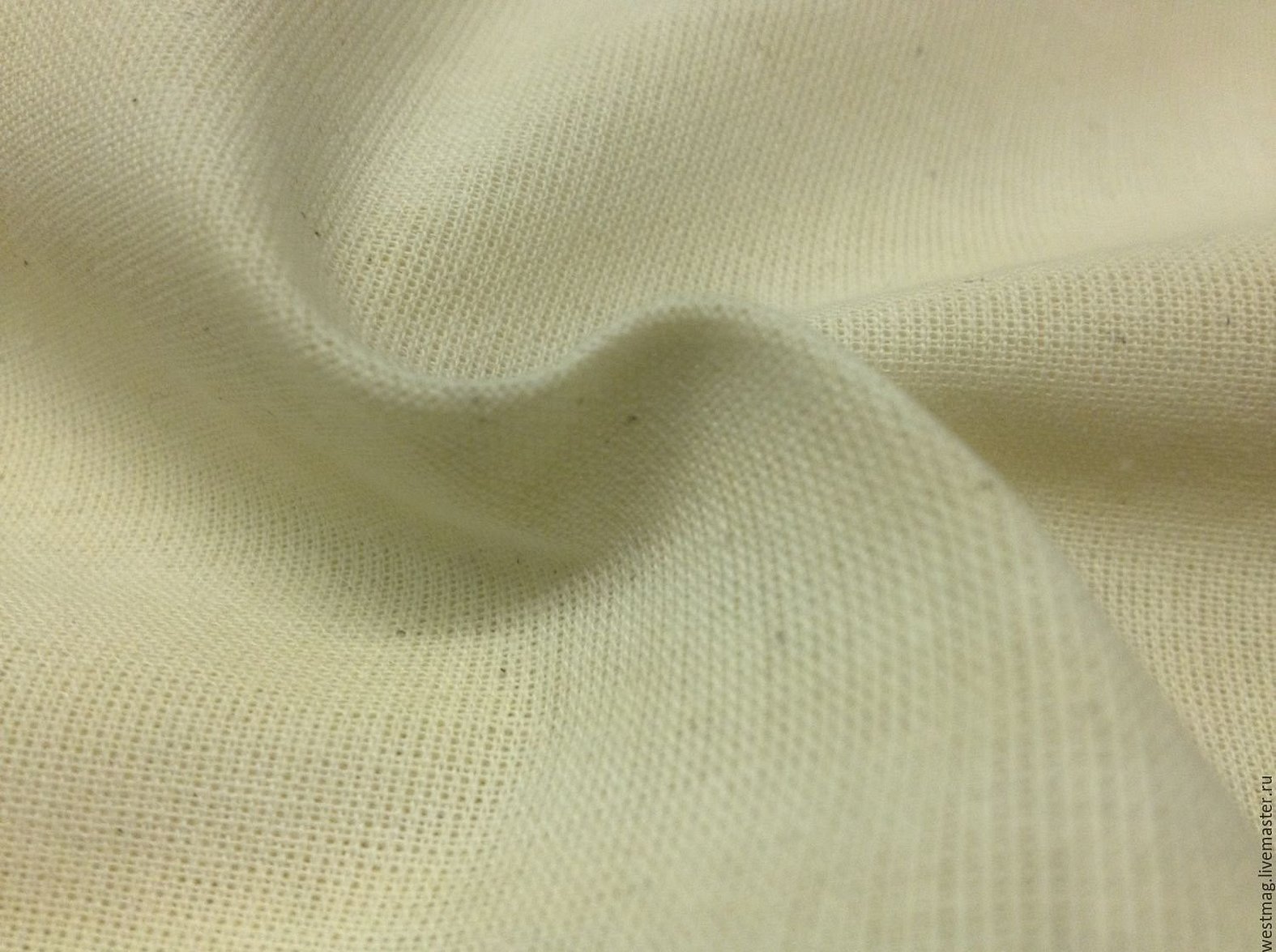
Over time, production was established throughout Europe, and later all production was established in the USA. It was from this country that exports were made to Russia at the beginning of the 19th century. Over time, the domestic product displaced the foreign one, winning over citizens with its quality and reasonable price.

As production technology evolved, the use of the material also changed. At first, calico was used for sewing linings, military underwear, summer dresses. Improved versions over time became the basis for sewing high-quality bed linen.
Main characteristics
Calico, what is it and what does the material look like - a question that does not require an answer. In every house there are definitely several products made from this type of textile. Calico is a natural material made of cotton. Refers to cotton types of textile.
What does calico look like and what are its characteristics:
- The texture is uniform on both sides of the material.
- The width of the canvas can be 1.5 m or 2.2 m.
- The canvas does not have a glossy sheen.
- You can recognize the fabric by the cross-weave of the threads.
- Completely hypoallergenic, as it contains only natural fibers.
- Easy to care for. The pattern does not wash off during washing. Does not fade in the sun.
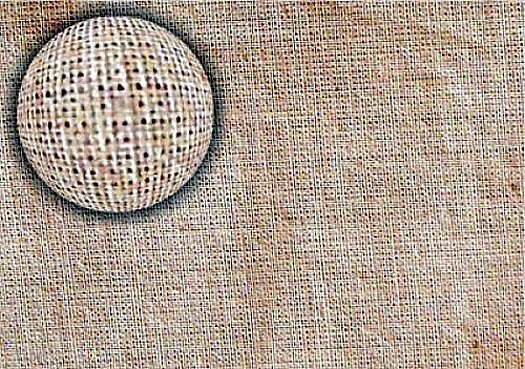
Please note! You can check the quality by looking at the fabric against the light. If there are gaps between the weaves, then the density is low, and therefore the quality is low.
The properties of calico are directly determined by its composition. They are mostly positive, but there is also a drawback - pellets quickly form on the canvas, which are impossible to remove.
Different manufacturers - different calico
According to GOST in Russia, the material must contain fibers of natural origin. Each manufacturer in different countries uses a unique production technique, which has an insignificant but significant effect on the characteristics of this type of textile:
- Chinese and Pakistani calico contain polyester threads, which in percentage terms can make up 15%.
- Belarusian calico is woven from natural cotton, but processed using special technologies so that a slight glossy sheen appears, the fabric is thin, pleasant to the touch, but lasts a long time.
- Russian - dense, with high density, determined by GOST. Serves for a long time.

If we consider European manufacturers, the principle of weaving and composition does not change dramatically.
Types of calico and areas of its application
There is a huge variety of types of calico, which differ not only in the scope of application, but also in density. Most often on the market you can find calico with the designation 125. But many do not know whether calico 125 g m2 is dense or not. There are several density options:
- Sparse 100 g/m².
- The designation 125 g/m² hides the reality with the following indicators: 110-120 g/m².
- The indicated density of 140 g/m² has parameters of 135 g/m².
- 146 g/m² actually has the following weight 140-142 g/m².
Additional information! Density is determined by the weight of threads used to weave 1 m². The error can be up to 15 g in each m².
The density of calico corresponds to a certain type of material, which is used to produce multifunctional items. The following types are distinguished:
- Harsh. Rough and dense to the touch, does not undergo the bleaching stage, therefore has a creamy shade. Suitable for sewing work clothes.
- Bleached. It has a white color. Even a small density makes it durable. It is used for making medical clothing.

- Printed fabric is not very dense, but the fabric can have a beautiful bright pattern. In the light industry, bed linen and summer clothing are made from such textiles.

- Plain dyed. Similar in texture and structure to bleached. Distinctive feature is single-color dyeing. Applicable for sewing bed linen and linings.
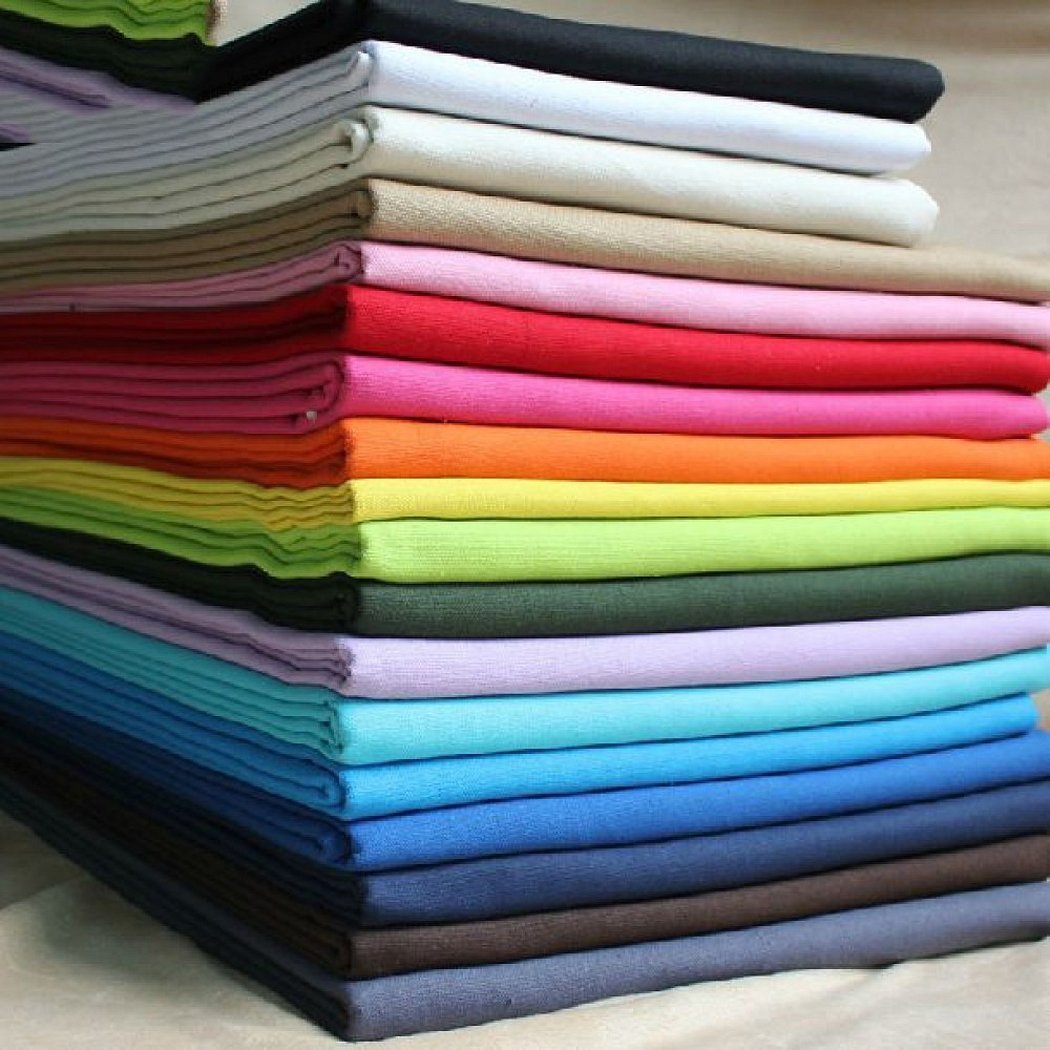
Non-standard species distinction is defined by the following categories:
- Children's calico. Combines the characteristics of printed and plain-dyed types.
- Dress calico is a subtype of printed calico, but can have different densities.
- Euro calico is determined by manufacturing features and is considered an imported product.
There are separate types of material: luxury, ranforce, comfort, light, standard. The determining feature is the thickness of the thread.
Density of calico for bed linen: which is better
There are so many options of textile products on the textile market that it is sometimes difficult to make a choice. It is especially difficult with bed linen made of calico. Here the law applies - the higher the density, the better quality and stronger the set.
Certain density of calico for bed linen, which is better and which one to choose:
- For people with sensitive skin and increased demands for comfort, the “Light 110” type is suitable.
- A more practical, but still pleasant to the touch textile is “Comfort 120” calico.
- The standard with a long service life and tolerable texture is calico 125.
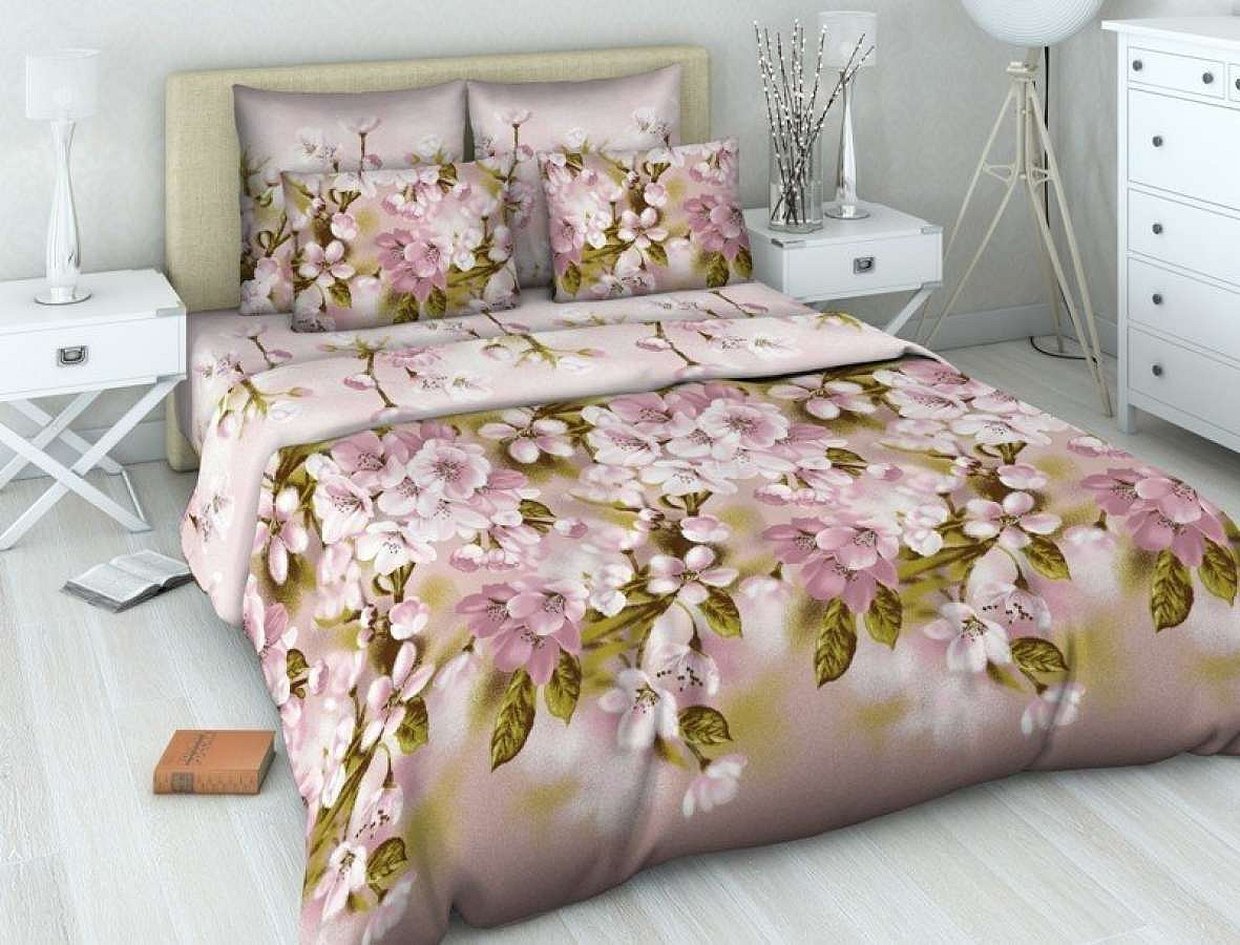
In some cases, the items in the set are made from different types of material. The sheet is made from "Standard" since it is subject to greater impact. But the duvet cover is made from "Comfort" or "Light".
Differences between calico and other cotton fabrics
The difference between this type of textile and other cotton "sisters" is not great, but still there. Most people are interested in the difference between calico and cotton, if the composition is identical. The peculiarity lies in the interweaving of threads. In cotton it is more accurate, has a different principle of imposition.
Poplin also has differences in weaving. Threads of different thicknesses in relation to each other are used. But they are still much thinner than in the calico base.
In satin, you can see threads of two thicknesses. The thicker base, and the thin one is twisted and passed through 3-5 intervals.
Knitwear can be partially attributed to this category of comparison. The basis is a combination of cotton, synthetic, woolen threads. To form the fabric, knitting is done by casting on small loops.
Care instructions
Calico, the composition of which is exclusively natural, requires appropriate, albeit simple, care:
- High-quality and complete care is ensured by basic washing rules.
- After washing, the fabric needs to be dried.
- A clothesline outside or a machine dryer will do. The final step is ironing.

Cotton material is easy to care for, which is why it is appreciated by many housewives.
How to wash calico
Calico material is easy to wash. The procedure can be done in a washing machine or by hand. The principle of washing:
- For washing, use water with a temperature of 30 to 60 degrees.
- Before washing, turn the item inside out so that the pattern retains its color scheme.
- You can use any type of detergent.
- To dry, you need to hang the product on a rope.
- Iron as usual.
Important! To make it easier to smooth out folds, you need to start the procedure while the fabric is slightly damp.
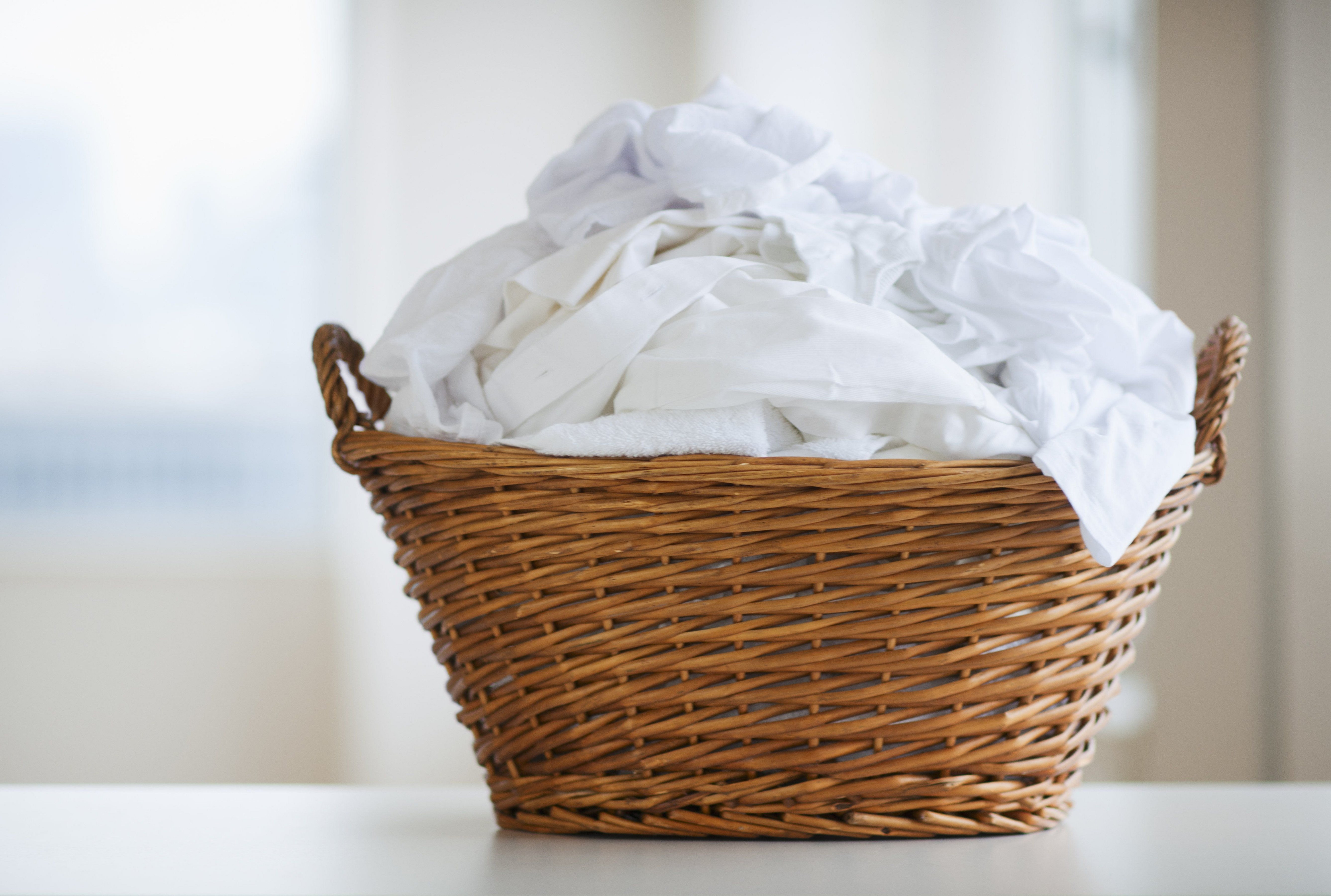
It is advisable to minimize the use of chlorine-containing agents during the washing process. This will preserve the texture of the threads for a longer period of time.
Advantages and disadvantages
Unlike various synthetics, this type of textile is highly breathable, allowing the body to breathe. It will warm you up in cold weather and cool you down in hot weather. An additional bonus is its relatively low cost. The product of the light industry is completely environmentally friendly. Even the technical version can be used as a basis for making work clothes.

There are also some significant and not so significant disadvantages. The canvas quickly loses its attractive appearance due to the appearance of pellets. The texture is not always pleasant to the touch. The pattern or color cannot be too bright, since the basis is a natural material.
Reviews
Reviews regarding the use of calico in household use also vary.
Maria, 42 years old:
"I only buy bed linen made of calico. Once, on the advice of a salesperson, I tried percale, but was disappointed. In short, the simpler the material, the better."
Tanya, 58 years old:
"I buy such textiles for different purposes. I use every meter without leaving anything. I really like the texture and structure, and especially the long service life."
Peter, 61 years old:
"My wife tries to buy bed linen and summer clothes made of calico. Sometimes it's okay, but sometimes it's so rough that you want to take off your shirt right in the middle of the street."
Katya, 35 years old:
"The fabric is terrible, and these pellets are just awful. Not only do they look sad, but they also press on your sides while you sleep."
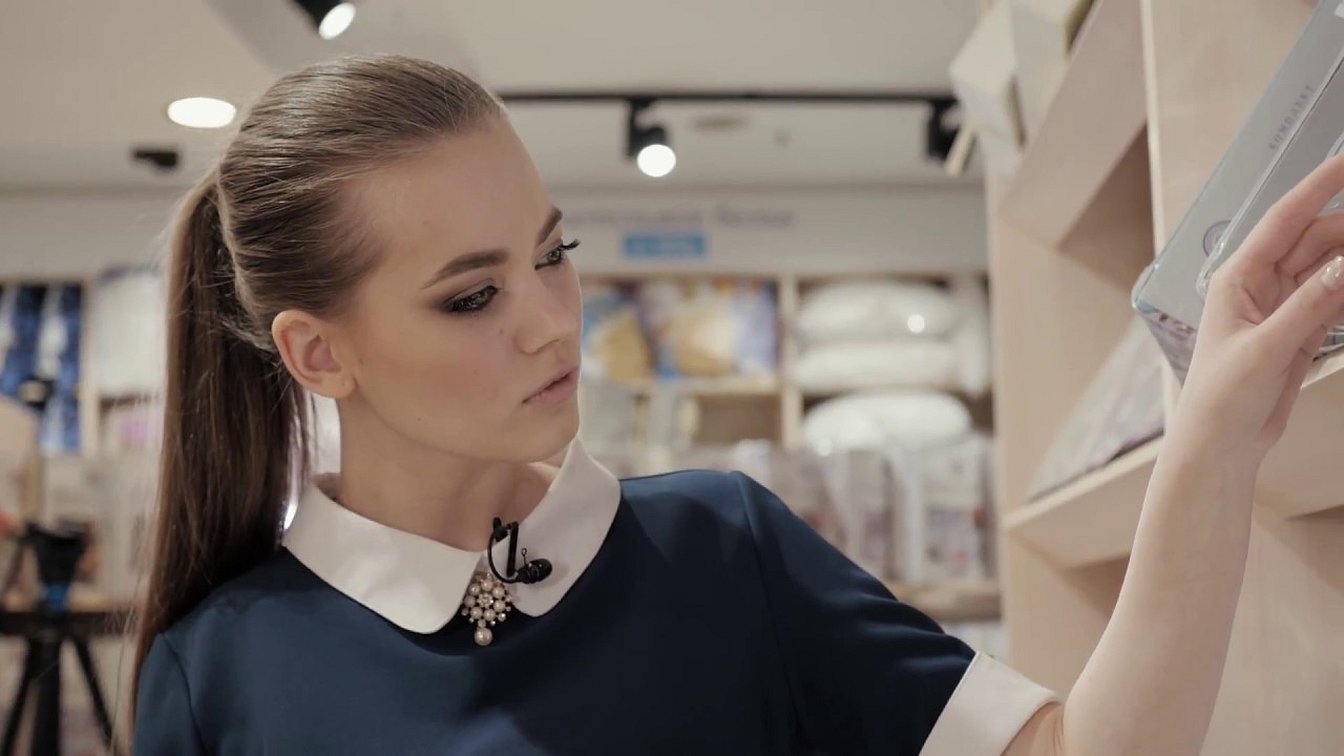
It is not always worth taking reviews as an example, since the result of wearing or using can directly depend on the quality.
Woven cotton material has a wide range of applications, many varieties and characteristics. Different manufacturers have their own secrets of fabric production, but in general, it turns out to be a universal material with exceptionally positive properties and characteristics.




